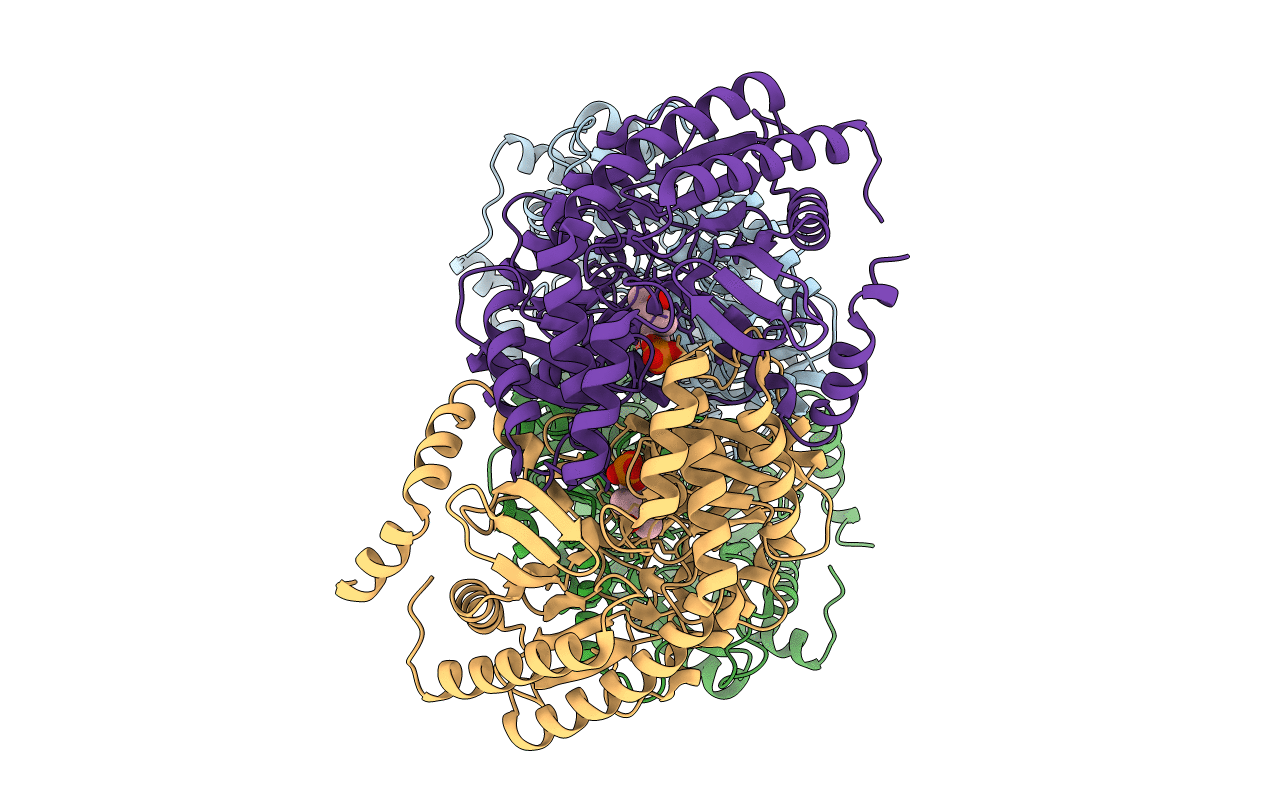
Deposition Date
2015-03-17
Release Date
2016-04-20
Last Version Date
2023-11-08
Entry Detail
Biological Source:
Source Organism:
Lactobacillus buchneri (Taxon ID: 1581)
Host Organism:
Method Details:
Experimental Method:
Resolution:
1.94 Å
R-Value Free:
0.18
R-Value Work:
0.14
R-Value Observed:
0.14
Space Group:
P 21 21 21


